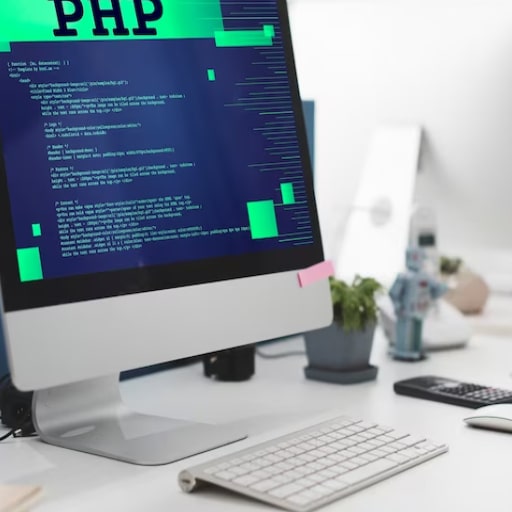Integrating PHP with JavaScript can create a powerful combination that allows for dynamic and interactive web applications. PHP is a server-side scripting language that is used to generate dynamic web pages, while JavaScript is a client-side scripting language that is used to add interactivity to web pages.
Here are some ways in which PHP and JavaScript can be integrated:
1. AJAX (Asynchronous JavaScript and XML): AJAX allows for asynchronous communication between the client and server, enabling the updating of specific parts of a web page without reloading the entire page. PHP can be used to handle the server-side processing, while JavaScript can handle the client-side interactions.
2. Form validation: JavaScript can be used to perform client-side form validation, providing instant feedback to users without the need to submit the form to the server. However, server-side validation using PHP is also necessary to ensure data integrity and security.
3. Dynamic content: PHP can be used to generate dynamic content on the server-side, which can then be manipulated and displayed using JavaScript on the client-side. This allows for real-time updates and dynamic user experiences.
4. Data retrieval and manipulation: PHP can retrieve data from databases or external APIs and pass it to JavaScript for further manipulation and display. This allows for the creation of dynamic and interactive data-driven applications.
5. User authentication and authorization: PHP can handle user authentication and authorization on the server-side, while JavaScript can be used to control access and display different content based on the user’s permissions.
6. Templating: PHP can be used to generate HTML templates that can be dynamically filled with data using JavaScript. This allows for the separation of concerns and easier maintenance of code.
7. Server-side rendering: PHP can be used to generate HTML on the server-side, which can then be sent to the client for rendering. JavaScript can be used to enhance the user experience by adding interactivity to the rendered HTML.
Overall, integrating PHP with JavaScript allows for the creation of powerful and dynamic web applications that combine the strengths of both languages. It enables the creation of interactive user interfaces, real-time updates, and seamless communication between the client and server.
